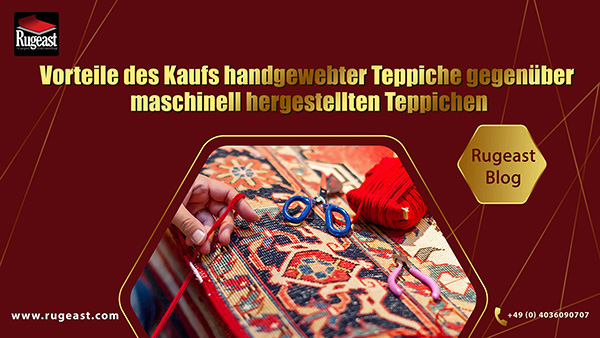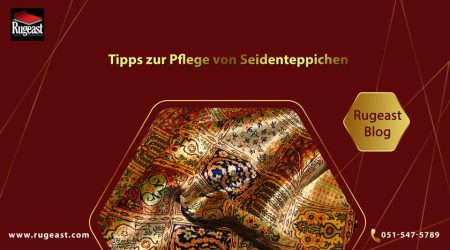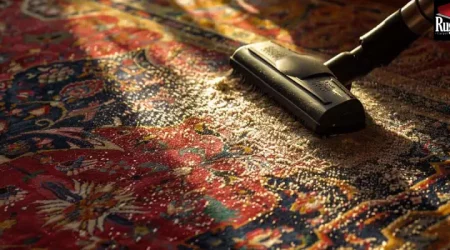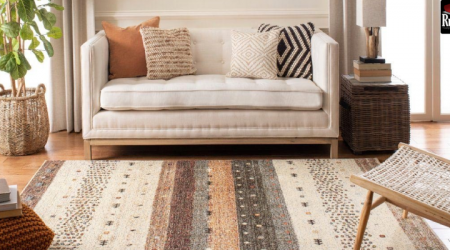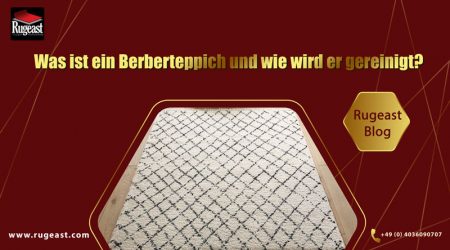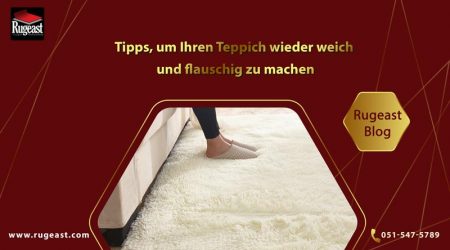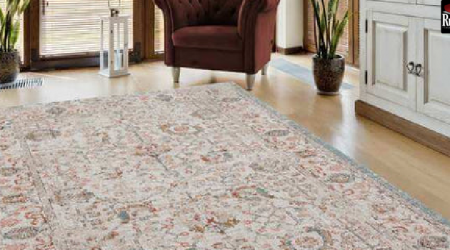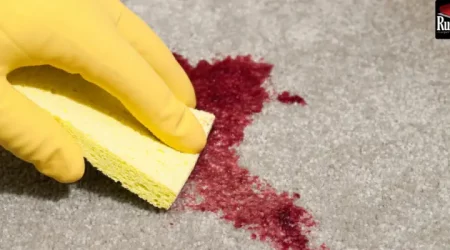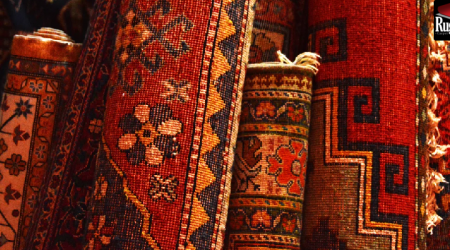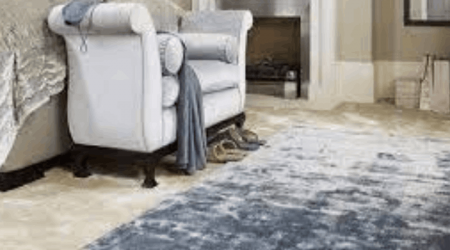The advantage of buying a handmade carpet
Purchasing a handmade carpet offers several advantages. Handwoven carpets, serving as a symbol of Iranian art, commonly incorporate Iranian symbols in their traditional designs. Carpets are typically categorized into two types: machine-made and handwoven, with handwoven carpets renowned for their superior quality. As a result, Iranian carpets enjoy widespread popularity worldwide.
Machine-made carpets, usually produced by large machines, exhibit a texture distinct from that of handwoven ones. In this article, we will elucidate the benefits of investing in handwoven carpets.
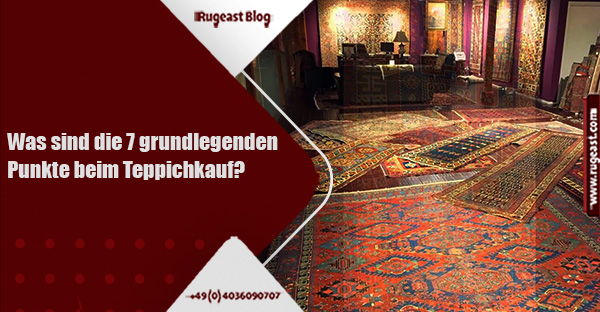
Introduction hand woven carpets
Handwoven carpets are one of the prominent products of Iran. This type of carpet is a fundamental product typically used in the flooring of buildings and is also made from cotton fibers.
Handwoven carpets are woven using a carpet loom, with the fibers of the handmade carpet being intricately bound by hand. Despite the higher purchase price compared to machine-made models, the long lifespan of a handwoven carpet makes the investment economically viable.
The motifs used in handwoven carpets are traditional carpet, often incorporating Iranian symbols in their design. Crafting a handmade carpet can take anywhere between six months to two years. The art of carpet weaving reached its peak by the late 16th century, with many Iranians engaging in the production of handwoven carpets.
Iranian handwoven carpets come in three types: Afshan, Kheshti, and Tonraj. Handwoven carpets with mandarin patterns have garnered many admirers, featuring a broad border surrounding the carpet and easily recognizable oval patterns and perforations in its central parts.
Handwoven carpets are particularly attractive due to their color symmetry, enhancing the aesthetics of various spaces. These products have a lasting impact and can significantly enhance the appearance of different settings. Unlike machine-made carpets, which may improve in appearance over time, these traditional carpet types remain popular choices over modern carpet and antique carpets.
At times, oriental carpet manufacturers produce this product using wool, a fiber capable of absorbing pollutants from the air and purifying indoor air. This contrasts with machine-made carpets, which lack this ability as they utilize entirely synthetic fibers in their production.
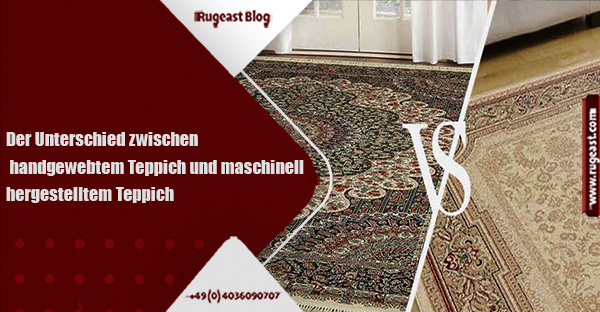
The difference between hand woven carpet and machine made carpet
Handwoven carpets differ significantly from machine-made carpets, especially concerning the fibers used in their construction. Machine-made carpets typically utilize synthetic fibers of inferior quality, such as artificial silk and acrylic, for their patterns. In contrast, handwoven carpets are crafted from high-quality materials like natural wool, silk, and Merino wool.
Another notable distinction lies in the range of colors employed in handwoven versus machine-made carpets. Handwoven carpets boast a vast array of colors, providing a richer and more diverse visual effect. On the other hand, machine-made carpets are often limited in color variation due to the printing process, typically incorporating 7 to 15 different colors. In contrast, handwoven carpets can feature over 50 different colors.
Furthermore, the diversity of designs differs between machine-made and handwoven carpets. Machine-made carpets tend to offer a limited selection of designs, lacking the intricacy and variety found in handwoven carpets. Handwoven carpets feature a wide range of designs, many of which are meticulously crafted by renowned designers. These designs often incorporate intricate patterns, each carrying its own unique significance, and are meticulously chosen by the designer for both aesthetic appeal and color diversity.
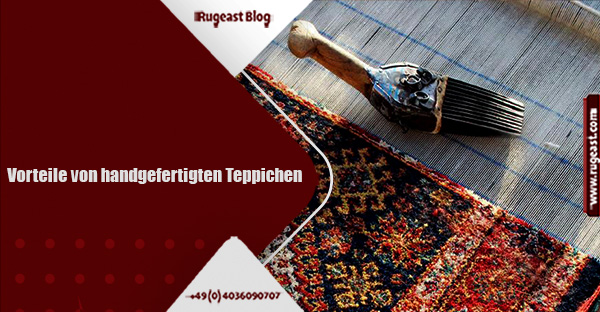
Advantages of handmade carpets
Carpets have been popular among many people since ancient times, capable of eliciting feelings of relaxation. Moreover, the degree of softness and plushness varies between handwoven and machine-made carpets.
Machine-made carpets typically have a lower fiber density compared to handwoven ones, resulting in a loss of their original softness over time. Additionally, the color of machine-made carpets tends to fade over time. Conversely, handwoven carpets not only retain their softness but also maintain their color vibrancy and quality over time.
The fibers used in handwoven carpets are of exceptionally high quality, ensuring greater durability. While the purchase of these carpets may be initially more expensive compared to machine-made models, their exceptional durability and beauty make them a cost-effective investment.
One of the key advantages of purchasing handwoven carpets lies in the material and quality of the fibers used. Investing in a handmade carpet can be a great long-term investment, with prices often appreciating over time.
The colors used in the fibers of handwoven carpets are entirely natural, ensuring that the color quality of your carpet does not diminish over time. Natural dyes, such as onion skins, madder, and walnut shells, are commonly used to dye the fibers of handmade carpets.
Furthermore, the purchase and sale of handwoven carpets can contribute to the country’s economy, as these carpets are among Iran’s export products. Therefore, the trade of these products can support the economic growth of carpet weavers and generate income for many individuals.
Both handwoven and machine-made carpets are inherently fire-resistant, but handwoven carpets offer greater safety compared to machine-made ones.
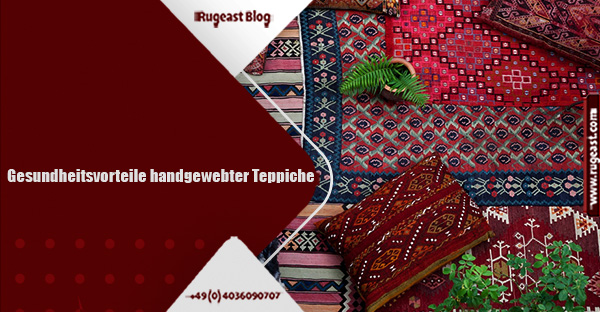
Health benefits of hand woven carpets
According to scientific findings, handwoven carpets can be highly beneficial for human health. These carpets are made from natural fibers, making them skin-friendly.
The high compatibility of handwoven carpets with human skin renders them hypoallergenic. In contrast, machine-made carpets typically consist of synthetic dyes and fibers, which can cause skin conditions.
Handwoven carpets are easy to clean. They can be washed with water and carpet detergent, ensuring thorough cleaning without leaving behind any dust due to their natural and high-quality fibers. Consequently, the use of these carpets can reduce airborne dust.
Machine-made carpets, due to their synthetic fibers, trap dust and release it into the air when walked upon. Individuals suffering from conditions like asthma should opt for handwoven carpets.
Traditional medicine experts believe that machine-made carpets are inherently cold, whereas handwoven carpets offer both warmth and coolness. The coldness of the carpet can be detrimental to bone health.
The wool fibers used in handwoven carpets impart warmth to these products. Natural wool fibers can efficiently absorb and retain heat from the environment, preventing the penetration of cold into the body’s bones and contributing to bone health preservation. This is one of the advantages of purchasing handwoven carpets.
Another health benefit of handwoven carpets is their air-purifying properties. It is noteworthy that wool used in handwoven carpets can attract microbes from the air. Wool can absorb pollutants for up to 30 years. When the carpet is washed, all these impurities can be easily removed from the carpet.
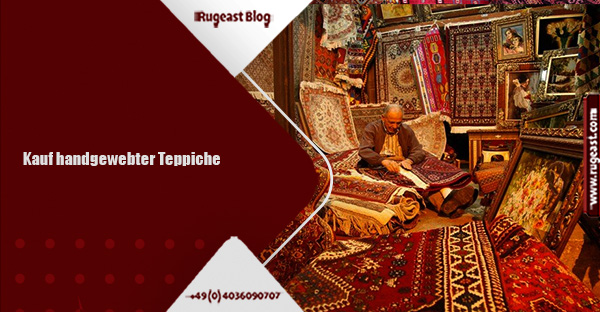
Purchase hand woven carpets
In modern times, researchers and traditional medicine experts recommend the use of handwoven carpets because these types of carpets are compatible with the nature of the human body and contribute to maintaining human health.
These carpets possess unique beauty and their use can enhance the interior decoration of a building. In addition to their exceptional beauty, these products can also express Iranian culture and civilization.
To maintain your health and the beauty of the building, it is advisable to use handwoven carpets. To acquire these wonderful carpets, you can visit Rugeast and Rugeast.com to obtain the desired carpet in the best possible quality.

